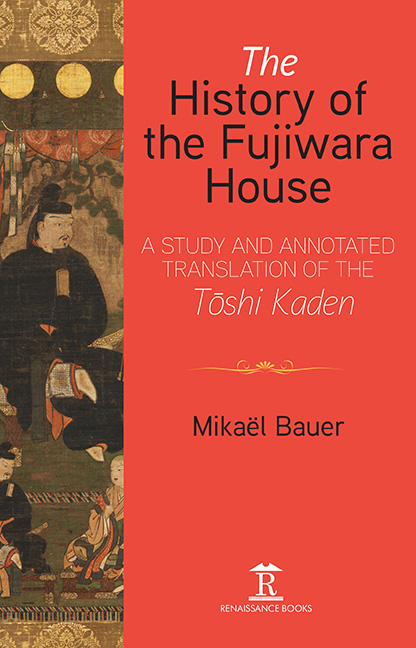Part I - Fujiwara no Nakamaro
Published online by Cambridge University Press: 13 May 2022
Summary
The Nara period
JAPAN'S NARA PERIOD (710–794) has often been described in terms of stability, the creation of ‘state Buddhism’ (kokka bukkyō), or the establishment of the country's first permanent capital, Heijō-kyō . All too frequently, however, it is forgotten that this was, in fact, a turbulent period in which political strife, bloodshed, uprisings and religious struggles featured prominently. It was a culturally vibrant century, with the construction and sponsorship of some of Japan's most famous temples and shrines, such as the foundation of Kōfukuji in 710 at the new capital, or Tōdaiji's dedication in 745. In addition, it was the century of Japan's most famous female sovereign, Kōken (718–770), daughter of Shōmu (701–756) and ‘Imperial Consort’ Kōmyō (701–760). Her edicts in the court chronicle Shoku Nihongireveal a horizon of meaning consisting of Buddhist elements, ‘kami’ worship and Chinese notions of kingship.
Central to this early, emerging Japanese state, was the rise of the Fujiwara family, undoubtedly pre-modern Japan's most illustrious aristocratic clan. Originating in the Nakatomi family (Nakatomi uji), their descendants would occupy most of the court's highest ranks for centuries, and names such as Fujiwara no Michinaga (966–1027) would become synonymous with the culture of the Heian period (794–1185).
Of particular relevance to the compilation of Tōshi Kaden, the Nara Period was one in which there was significant borrowing from the continent in both religious and institutional terms. Not only did the Japanese court send embassies to China and the Korean kingdoms on a regular basis, monks, bureaucrats and artisans from the continent also travelled to Japan. In the seventh century, Japan sent no less than ten missions to the Tang court, where the Japanese took their place amongst representatives from other tributary countries. The Japanese court and its sovereign clearly modelled themselves after the Chinese example, and formulated their role in no less sacred terms.
- Type
- Chapter
- Information
- The History of the Fujiwara HouseA Study and Annotated Translation of the <i>Tōshi Kaden</i>, pp. 1 - 23Publisher: Amsterdam University PressPrint publication year: 2020



